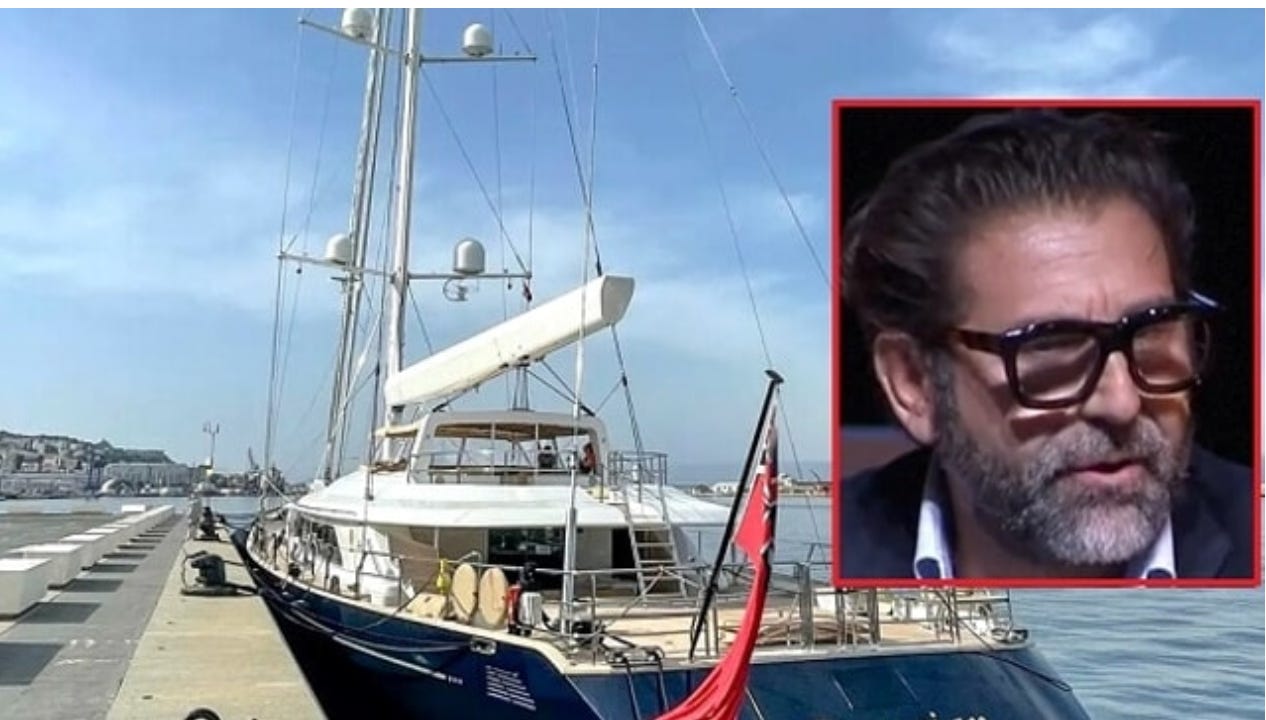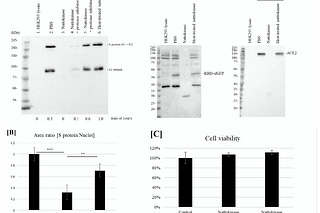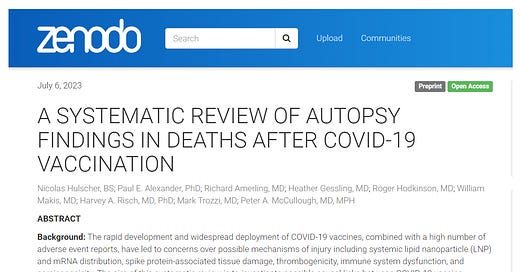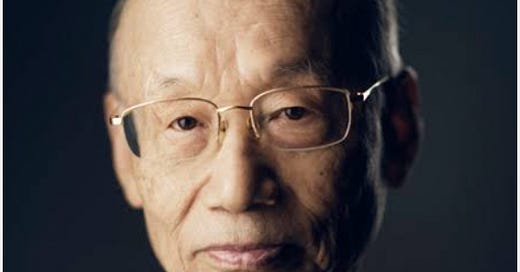
Shipbuilder: Human Error Caused Bayesian Disaster
Giovanni Costantino, founder and CEO of company that built Bayesian, blames the skipper and crew.
NOTE: The following is a translation of a statement made by Giovanni Costantino, founder and CEO of the company that built the Bayesian, published in the Italian newspaper Corriere della Sera.
Giovanni Costantino, founder and CEO of the company that owns the shipyards that built the sailing ship: "Zero risk if the correct maneuvers had been carried out."
The Bayesian is "one of the safest boats in the world" and there is a "very long list of errors" surrounding Monday's shipwreck in the Palermo area.
Giovanni Costantino, founder and CEO of The Italian Sea Group, the company listed on the stock exchange that owns the assets of Perini Navi di Viareggio, which built the Bayesian in 2008, is convinced of this.
Costantino speaks to Corriere della Sera, defends "his" boat, and offers an account of the tragedy that focuses on the choices of the captain and crew.
“The event in Palermo would have represented zero risk if the correct maneuvers had been made and if situations had not occurred which compromised the stability of the ship.”
The first disputed point is the weather, or rather the reading of the forecast.
"The passengers shouldn't have been in the cabins, the boat shouldn't have been at anchor. And why didn't the crew know about the incoming storm? The crew, he says, reported something absurd—namely that the storm arrived unexpectedly, suddenly.
“I have the weather reports here in front of me. Suddenly? Ask yourself: why was no fisherman from Porticello out there that night? The weather conditions, right? The disturbance was fully discernible in all the weather reports.”
According to what emerged from an initial external inspection, the hull of the sailing ship is rolled 90 degrees onto the right side. It has no leaks and the aluminum main mast, 75 meters high, is intact. For Costantino, it took on water.
"The ship was at anchor. At a certain point the anchor lost its grip and she moved, dragged by the wind which pushed her, for her for 4 minutes, which we define as drifting. It then rotated the ship and placed it in the position in which it sank—and I take responsibility for what I say—the ship had already taken on water. The mast lights were at first turned on, and then turned off, except for the top light which draws power from a battery. If the ship went into a blackout it means that water caused a short circuit. The generator took on water? The engine room? Certainly the stern door was open—the divers say so—and we think that perhaps something else was also open: there are doors in the superstructure which, if opened, would have already been at an inclination of 30 degrees, took on water. In that position, with the ship 'dead,’ that is, no longer under control, and with the wind pushing it—it rolled 90 degrees for only one reason: because water continued to enter it.”
Costantino criticizes the choices made by the crew who accompanied Lynch and his guests: “To begin with, in a weather warning situation, it was inappropriate to have— as I have read—a party. Not that evening. The hull and deck had to be battened down by closing all the doors and hatches, after having placed the guests in the assembly point of the ship per emergency procedure. Then turn on the engines and raise the anchor, put the bow into the wind and lower the keel. The next morning they would have set off again with zero damage. Between the arrival of the storm and the taking on of water, there was a series of procedures that had to have been performed to have avoided being in that situation.”
Another point is that of the doors. Were they open or closed?
“It is important to know if the port door was open, to which the tender is moored and from which guests get on and off, which is much more dangerous. And be attentive: having found it closed, on the seabed, does not mean that it was closed. Because if the Bayesian, as we think, sank vertically, the water pressure could have closed it: everything is verifiable.”
In short, an avoidable tragedy for Costantino.
“A Perini ship withstood Hurricane Katrina—a Category 5. Do you think it couldn't withstand a tornado here? It's good practice, when the ship is in an anchorage, to have a watchman on the bridge. If one had been there, he couldn't have failed to see the storm coming. Instead the vessel took on water with the guests still in the cabin. All it took was a 40 degree tilt. Can you imagine a 60-70 year old man climbing to get out? They ended up in a trap—those poor people ended up like a trapped mouse."

















Aren’t the best murders the ones that look just like stupid accidents? Agatha Christie could have fun with this one.
Human error (intentional or not is the question).